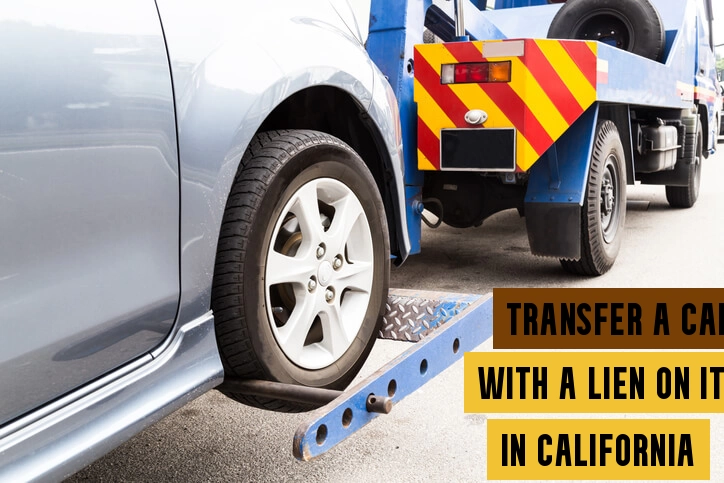If you’re considering transferring a car with a lien on it in California, you’re likely navigating a somewhat complex process. Whether you’re buying or selling a car with an existing lien, it’s crucial to understand the steps involved to ensure a smooth transfer without any legal hiccups. In this guide, we’ll walk you through the process, providing valuable insights into how to navigate this situation effectively.
| Heading | Summary |
|---|---|
| Understanding Car Liens and Their Implications | A lien on a car means the owner owes money to a lender, often placed by a financing company when the car is purchased with a loan. Lienholders have rights until debt is repaid. |
| Pre-Transfer Preparation | Gather required documents: car title, lien info, related paperwork. Communicate with lienholder for balance and lien release process. |
| Transferring a Car with a Lien as a Seller | Seller pays off car loan, obtains lien release letter, and completes a bill of sale to record the transaction. |
| Transferring a Car with a Lien as a Buyer | Buyer verifies accurate lien info, drafts comprehensive purchase agreement with lien release terms, confirms release before finalizing purchase. |
| Navigating the Department of Motor Vehicles (DMV) | Submit necessary docs to DMV: title, bill of sale, lien release, transfer fee. Pay fees and wait for DMV to process transfer. |
| Completing the Transfer Process | DMV updates title and registration after processing. New title reflects ownership change. |
| Common Challenges and How to Overcome Them | Delays or incorrect docs can hinder transfer. Overcome by communicating with lienholder and reviewing paperwork meticulously. |
| Benefits of Professional Assistance | Auto dealerships or legal experts can simplify process, ensuring correct steps are taken and problems are minimized. |
Understanding Car Liens and Their Implications
A lien on a car indicates that the owner owes money to a lender. This lien is typically placed by a financing company when the car is purchased using a loan. It’s important to note that a lienholder has a legal right to the vehicle until the debt is fully repaid.
Pre-Transfer Preparation
Before initiating the transfer process, gather essential documents, including the car’s title, lien information, and any related paperwork. Communicate with the lienholder to understand the outstanding balance and the process for lien release.
Transferring a Car with a Lien as a Seller
If you’re the seller, start by paying off the remaining balance on the car loan. Obtain a lien release letter from the lender once the payment is processed. Complete a bill of sale to document the transaction.
Transferring a Car with a Lien as a Buyer
As a buyer, ensure that the lien information provided by the seller is accurate. Draft a comprehensive purchase agreement that outlines the terms and conditions of the sale, including the lien release. Verify the lien release before finalizing the purchase.
Navigating the Department of Motor Vehicles (DMV)
Submit all necessary documents to the DMV, including the title, bill of sale, lien release, and transfer fee. Pay the required fees and wait for the DMV to process the transfer request.
Completing the Transfer Process
Once the DMV processes the request, they will update the title and registration information. You will receive a new title that reflects the change in ownership.
Common Challenges and How to Overcome Them
Delays in lien release or incorrect documentation can hinder the transfer process. To overcome these challenges, maintain open communication with the lienholder and double-check all paperwork before submission.
Benefits of Professional Assistance
Working with auto dealerships experienced in lien transfers or hiring legal experts can simplify the process. They can ensure that all steps are followed correctly and mitigate potential issues.
Conclusion
Transferring a car with a lien in California might involve several steps, but with careful planning and adherence to the outlined process, the transfer can be successfully completed. By understanding the role of liens, gathering necessary documents, and following DMV guidelines, both buyers and sellers can navigate this complex process with confidence.
Frequently Asked Questions (FAQs)
No, you must pay off the lien before transferring the vehicle’s ownership.
A lien release is a document from the lender stating that the debt has been satisfied. You can obtain it from the lienholder after repaying the loan.
Yes, there are transfer fees payable to the DMV when changing ownership.
Yes, you can, but the lien must be satisfied before transferring ownership.
Delays can occur, but it’s important to ensure that the lien release is obtained before finalizing any transaction.









